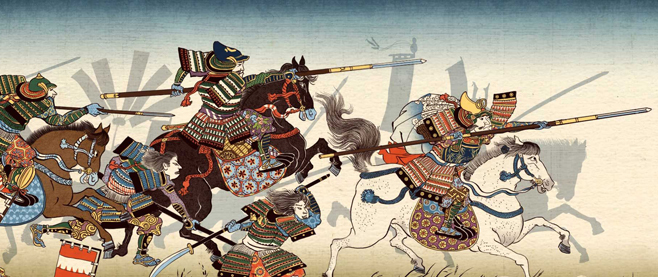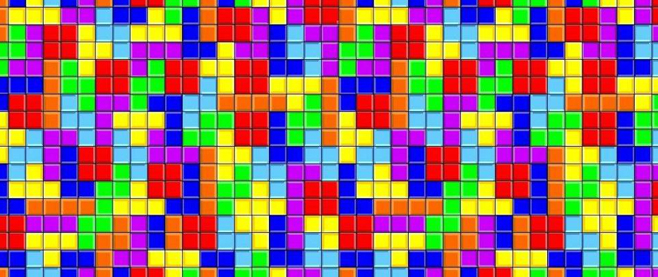
The Art of War: Shogun 2
[wpcol_1half id=”” class=”” style=””]
DIG: What elements of the game, like motion capture, morale systems and the like do you see as being most important to the realistic aspects of the game?
M.O.: It’s impossible to say which are the most important, as different elements contribute to a sense of realism in different ways. Recreating the troop and the weapon types prevalent in Sengoku-period Japan and achieving the correct balance between them is a pretty key aspect.
But I’d also say that authenticity of atmosphere plays a large part. This comes from many aspects – artwork, music, employing skilled and appropriate voice actors, for example – which all merge into a single, compelling tapestry. It’s impossible to create an identical analogue of medieval Japan, but through extensive study of her history, culture, people and politics we’ve created a compelling fiction that we feel reflects the cultural and martial aspects of the period with a sense of clarity.
DIG: What goes into developing a great tactical real-time strategy game? How do you approach innovation without alienating your core audience?
M.O.: Smart planning, lots of historical knowledge and a team of brilliant people following a single vision are what you really need.
And innovation doesn’t have to be about a pile of new features or mechanics. With Shogun 2, we chose to innovate by creating a game of such sumptuous detail that every strand of its DNA speaks of the period in which the game is set. Every unit card, every icon, every encyclopedia entry and menu screen reflects an aspect of the era. During development, we often referred to a concept we called “The Zen of Total War.” It was like a torch that the whole development team carried to help us generate the sense of thematic depth that can come from simplicity.
Creating any kind of game, not just a strategy game, is about building a system for which there are set rules. As you learn how those rules work, you learn how to apply your knowledge for more desirable results – for example, more victories and fewer casualties. Creating a smart and balanced ecosystem of unit types is obviously crucial to this, and achieving that balance requires an awful lot of experimentation and testing.
[/wpcol_1half] [wpcol_1half_end id=”” class=”” style=””]
DIG: What tools did you use to develop the game?
M.O.: We have our own in-house tools which we used to develop the game. Alongside these, we use standard tools that you might commonly find at any studio: C++, 3DS Max and so forth.
[pullquote]With Shogun 2, we chose to innovate by creating a game of such sumptuous detail that every strand of its DNA speaks of the period in which the game is set.[/pullquote]
DIG: Are there any unique technologies at play in Shogun 2?
M.O.: Yes. As the Total War experience is split across two major areas – the turn-based campaign and real-time battles – we need two completely different kinds of AI that still complement each other. Multiply this complexity across numerous AI factions all vying for supremacy – factions that are capable of making and breaking alliances among themselves – and you have a hugely intricate situation that demands some pretty specific technology.
In addition, we’ve had to develop our own engine for battles (known as WarScape) because of the sheer amount of troops that can be involved. We’ve been modifying and improving WarScape as we go and we feel it’s in a great place, as it’s able to handle enormous, visually stunning battles at really decent frame rates.
———-
Read even more about Total War: Shogun 2 from DIG’s sponsor
[/wpcol_1half_end]






